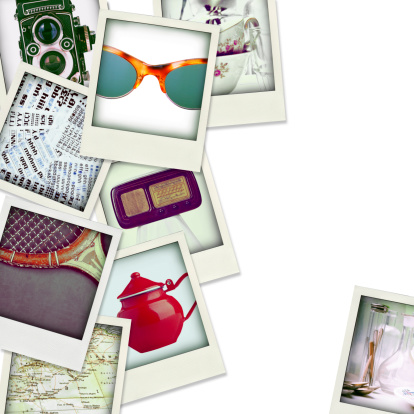By Rieva Lesonsky
Have you ever heard of (or used) a vision board? A bulletin board or poster board with photos, magazine images and other visuals pasted on it, vision boards are used to help people focus on achieving their goals. While the idea might sound pretty “out there,” visualization techniques have helped many athletes improve performance, and lots of legendary salespeople swear by them.
Visualization and vision boards can work for you, too, according to a survey by TD Bank that polled over 500 small business owners. Nearly half (46 percent) of those surveyed say they started their own businesses in order to follow their vision — but they didn’t stop there.
- 63 percent of small business owners believe visualizing helps them map out and develop business plans.
- 82 percent of small business owners who used a vision board since startup say they have accomplished more than half of their goals so far.
- 76 percent of small business owners who used vision boards and images to create their company say their business is where they envisioned it.
Perhaps not surprisingly, since they’ve grown up with camera phones and selfies, Millennial entrepreneurs are more likely than other age groups to use vision boards when starting a business (59 percent) and developing business plans (89 percent).
In addition, more than one-third (35 percent) of small business owners say they use visuals to train their employees. Of those, more than three-fourths (78 percent) believe using visuals gives all or most of their workforce an accurate sense of the business’s goals and where the owner wants the business to be in the next five years.
The survey says imagining one’s financial and other goals makes people more confident about their ability to achieve those goals. Respondents who keep photos, images or vision boards to remind them of their goals are nearly twice as confident about their ability to achieve those goals as those who don’t use visuals (59 percent vs. 31 percent).
Why do visualizations and vision boards work so well? “Images connect us more immediately and emotionally to our personal and financial goals, and to our setting and achieving them,” says Dr. Barbara Nusbaum, the psychologist who partnered with TD Bank to analyze the results of the study. “[Images] help us in our thinking and moving toward these goals.”
Want to create your own vision board? Get a large piece of poster board or a bulletin board that will fit in a space where you can look at it every day. Gather magazines, personal photos, scissors and glue or pushpins. Give yourself an hour or two of uninterrupted quiet to look through the images and select those that resonate with you. There really aren’t any rules about creating a vision board — the point is to gather images that inspire you, whether that’s a red Ferrari, a house overlooking the beach or a rising sun. You can also gather words and phrases that remind you of your goals.
Experts say vision boards work because looking at images over and over reminds us of our goals and serves as an affirmation. Put your vision board in a place where it stands out and commands attention instead of getting lost in clutter.
Does cutting and pasting photos sound hopelessly old-fashioned? You can also create vision boards using apps or on Pinterest. The advantage of these methods: You can take your vision board wherever you go. The disadvantage: You’ll have to remind yourself to look at it during the day. I personally prefer an “off-line” vision board myself, but the method really doesn’t matter as long as it works for you. Check out this list of 10 vision board apps, and this Pinterest page with vision board samples.







